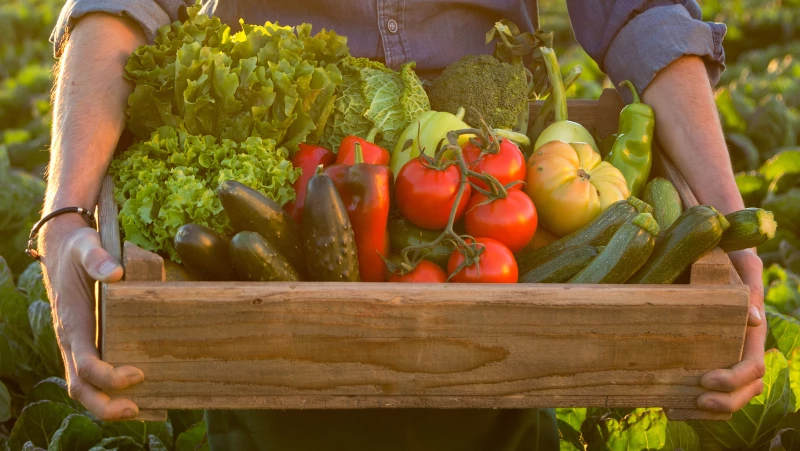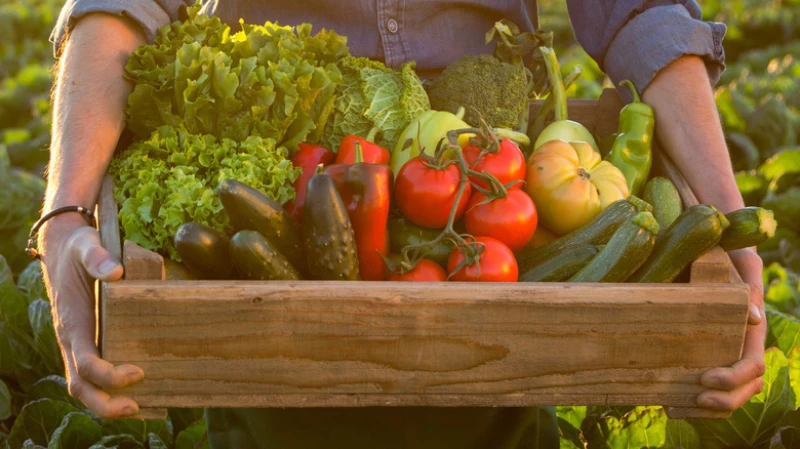Summer squash: A Beginner's Guide
Embarking on a journey to grow your own vegetables can be both exciting and daunting, especially for beginners. However, there are certain crops that are perfect for those just starting out in gardening. One highly recommended option for novice gardeners is summer squash, a versatile and prolific vegetable that thrives in USDA zones 3 through 10.
Summer squash, which includes varieties like zucchini, pattypan squash, and yellow squash, is known for its tender skin and edible seeds. Unlike winter squash, which is harvested for long-term storage, summer squash is best enjoyed fresh or frozen soon after picking. With some types of summer squash growing on vines and others in bush form, these vegetables are suitable for gardens of all sizes.
When choosing a variety of summer squash to plant, consider factors such as flavor profile and space requirements. Whether you prefer a mild or nutty taste, there is a summer squash cultivar to suit your palate. By selecting the right type of summer squash for your garden, you can ensure a successful and bountiful harvest.
The optimal time to plant zucchini and other types of summer squash is after the last frost date in the spring and when the soil temperature reaches at least 60 degrees Fahrenheit. Direct sowing is recommended over transplanting to prevent transplant shock, especially since many varieties mature in under 55 days, ideal for short growing seasons or late-start gardeners. Contrasting with winter squash, which can take over 100 days to harvest, summer squash thrives in full-sun areas with seeds buried half an inch deep in well-draining soil.
To ensure a bountiful harvest, summer squash needs regular watering, ideally through drip irrigation to avoid diseases like powdery mildew. Providing at least an inch of water per week is crucial, along with mulching to suppress weeds and maintain soil moisture. Periodic light fertilization with nitrogen fertilizer can also enhance plant growth and yield.
Harvesting and sharing your summer squash
Summer squash plants feature both male and female flowers on the same plant, ensuring a good yield even with just one plant. While natural pollinators like bees typically aid in pollination, hand-pollinating with a cotton swab can also be done. Harvest zucchini and other summer squash when young and tender, usually around 6 inches in length, for the best flavor and texture.
Many types of summer squash are known for their abundant yield, often surpassing expectations. A single plant or two is typically sufficient for most home gardeners, providing an ample supply of squash for the entire season. For instance, a lone zucchini plant can yield as much as 10 pounds of fruit. Despite the potential surplus, this can be a welcomed dilemma as zucchinis and other summer squash varieties can be utilized in various culinary dishes. They can be sautéed, baked, consumed raw, or incorporated into baked goods like breads and cookies.









